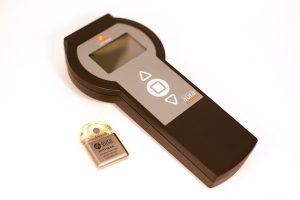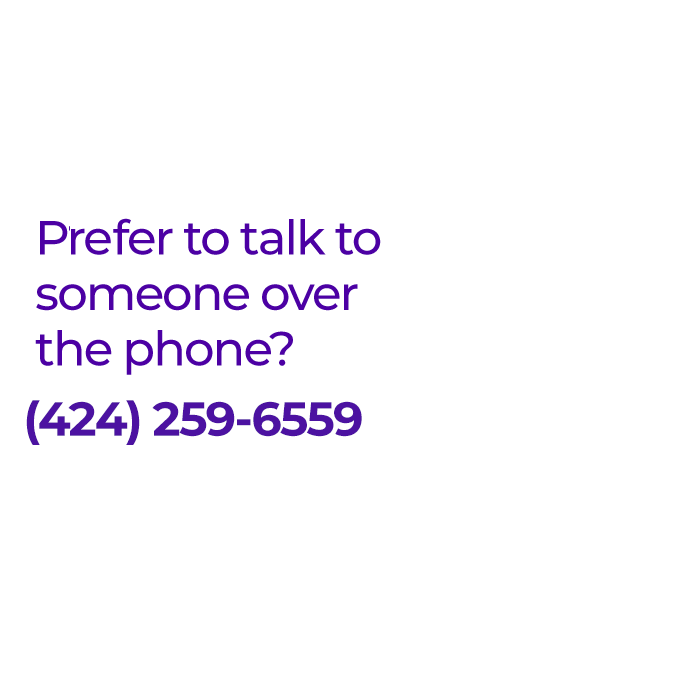Since its FDA approval in 2014, the Upper Airway Stimulation system from Inspire Medical Systems has dominated the landscape of nerve stimulation in the treatment of obstructive sleep apnea. A number of companies have been involved in development of hypoglossal nerve stimulation technologies, and this month one of those companies (LivaNova) had publication of results from a trial performed between 2015 and 2018. To be honest, the field has been waiting for a long time for these results, leading many to expect that the results were underwhelming.
The results have been published online on April 6, 2023, in the medical journal JAMA Otolaryngology – Head and Neck Surgery. In the study, all 138 participants had been diagnosed with moderate to severe obstructive sleep apnea (apnea-hypopnea index, or AHI, of 20-65 events/hour), had body mass index of 35 kg/m2 or less, and had been unable to tolerate positive airway pressure therapy. Study participants underwent surgical implantation of the aura6000 system that was, at that time, developed and owned by ImThera Medical. Participants were randomized 2:1 either to have activation of their system at 1 or 4 months following surgery, allowing a comparison of active treatment vs. control at 4 months after implantation. All study participants were followed, and results were reported at almost 1 year after activation.

What are the results?
In short, active treatment was better than no treatment, but the results were not as good as they need to be for FDA approval and widespread adoption. There were two different study outcomes, defined by response according to the following definitions:
- Decrease in the AHI by at least 50% to a level of 20 events/hour or lower
- Decrease in the oxygen desaturation index (or ODI, number of 4% or greater drops in oxygen saturation per hour of sleep) of at least 25%
Of these, the first is more meaningful clinically, but the study outcomes included the following:
At 4 months, the response rates for active treatment vs. control were 52% vs. 20% for AHI and 62% vs. 41% for ODI. At 11 months after start of therapy, the response rates were 42% and 60%, respectively. Importantly, the safety profile was good, with only 2 serious adverse events related to the system (1 dislodgement of a lead that required surgical replacement and 1 with neck pain). These results show that the system is offering real benefit, but unfortunately the results are not as good as those seen in the STAR Trial of Upper Airway Stimulation.
What does this mean?
It means they need to perform another pivotal trial, which is exactly what has happened. Many technologies require multiple studies, with fine-tuning of many factors, such as study eligibility criteria, based on the experience of those studies. The OSPREY (Treating Obstructive Sleep Apnea using Targeted Hypoglossal Neurostimulation) trial began in February 2022, and it appears that all study participants have been implanted, based on the entry on ClinicalTrials.gov. The eligibility criteria for OSPREY appear to be similar, which is not exactly the typical pathway. In this case, the OSPREY trial has randomization with a longer waiting period of 6 months for those in the control group. I expect the lessons learned also include how best to make adjustment in the electrical settings of the system, and I hope this improves results.
We will await publication of these results, and I expect there will be less of a delay if they are used to support a request for FDA approval.




Christian Coan says:
I was a guinea pig for this device and although I received great results immediately after the implantation, the pulse of the device needed to be increased continually for me to receive the same level of tongue stimulation and effectively control my sleep apnea.
I stopped using the device and it remains in my chest/neck.
Great idea, too bad it doesn’t work.